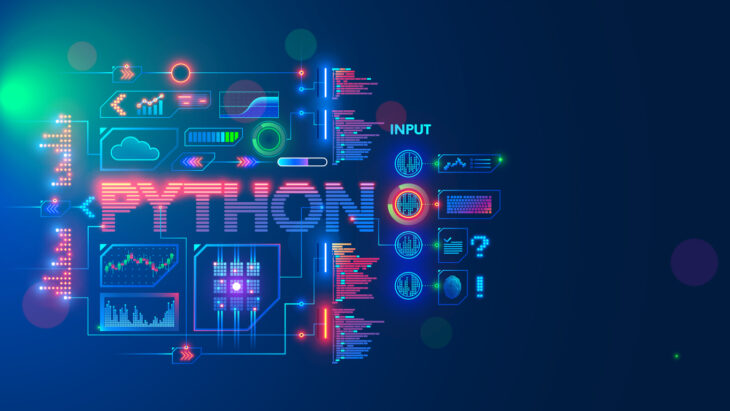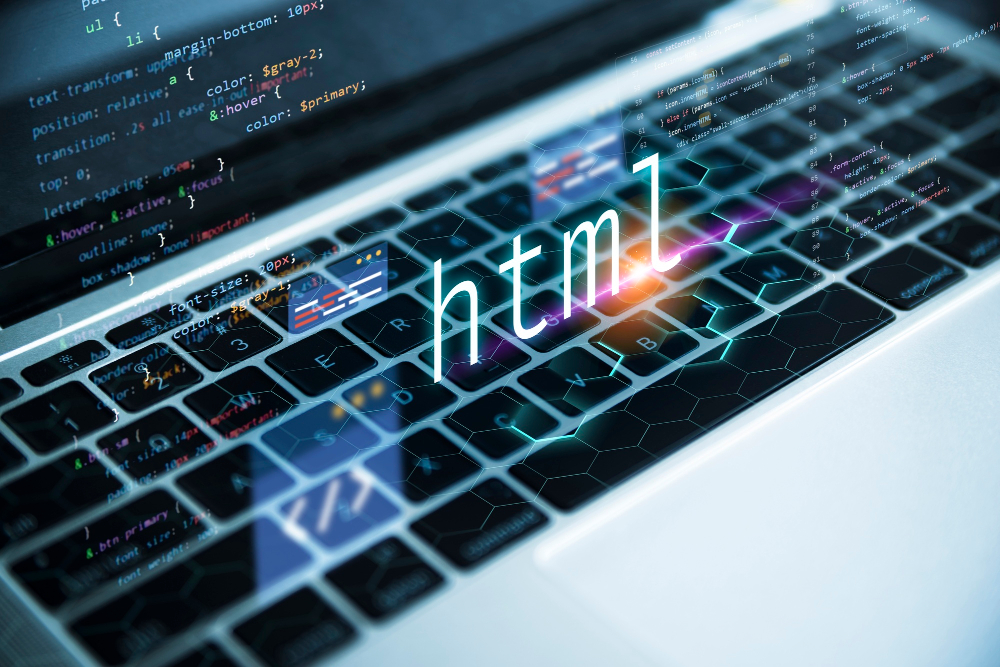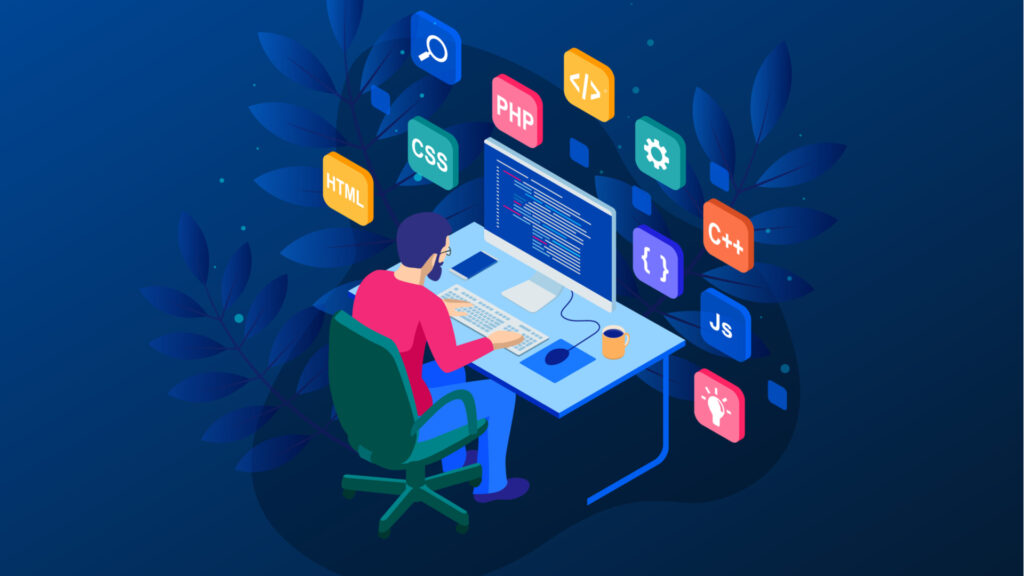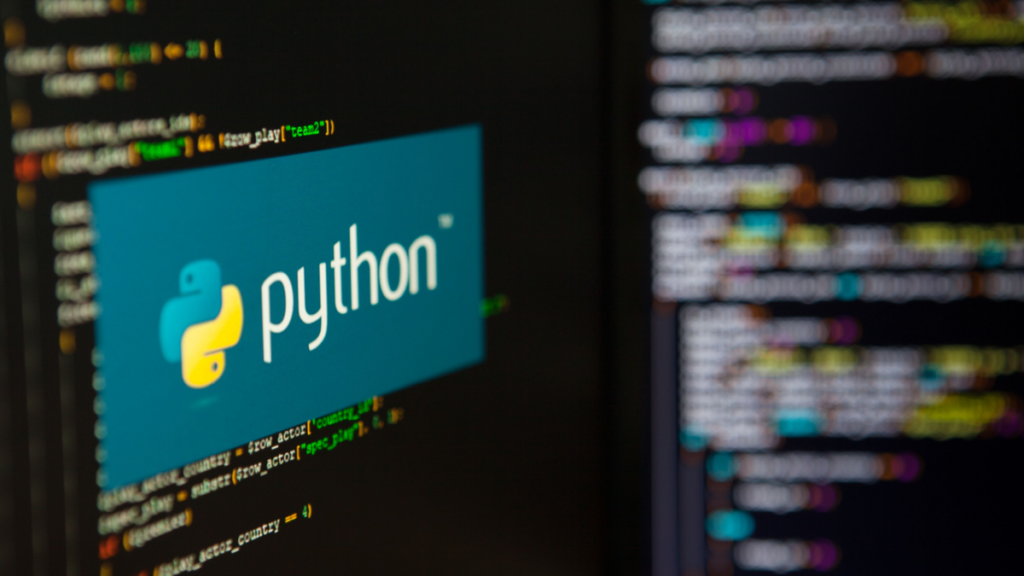
How Python Language is Constructed: A Comprehensive Overview
Python is a widely used high-level programming language known for its simplicity and versatility. It was created by Guido van Rossum and first released in 1991. Over the years, Python has gained immense popularity and is now powering many applications, from web development to data analysis and more recently machine learning. In this article, we will delve into the inner workings of the Python language, exploring how it is constructed and the key features that make it unique.
Interpreted vs Compiled Languages: Python’s Approach
When it comes to programming languages, they are generally classified into two categories: interpreted and compiled. Interpreted languages, like Python, execute the source code line by line, while compiled languages, like C++, first convert the source code into machine code before execution. However, Python’s approach is interestingly somewhere between the two.
This is because Python code is first compiled into bytecode (a low-level set of instructions that can be executed by the Python interpreter). This bytecode is normally stored in .pyc or .pyo files, as these can be interpreted by the Python Virtual Machine (PVM). The PVM then translates the bytecode into machine code and executes it. This combination of compilation and interpretation allows Python to be platform-independent, as the bytecode can be executed on any platform as long as the PVM is compatible.

The Python Interpreter: Written in C
At the heart of the Python language lies the Python interpreter. It is responsible for parsing and executing Python code. Interestingly, the Python interpreter itself is written in the C programming language. This means that the Python interpreter is a C program that understands and executes Python code.
A Clever Use of C
Writing the interpreter in C has several advantages. C is a widely used and well-established language known for its efficiency and low-level control. By implementing the interpreter in C, Python benefits from the performance and portability of the C language. Additionally, C has a rich ecosystem of libraries and tools, making it easier to integrate with other systems and languages.
Python’s Memory Management: Garbage Collection
One of the key responsibilities of the Python interpreter is memory management. In older programming languages, developers had to manually allocate and deallocate memory for variables and objects, this taking time and increasing the run time. Python, on the other hand, employs automatic memory management through a process called garbage collection.
Garbage collection is a technique that automatically frees up memory that is no longer in use, this being especially useful where the allocated RAM space is low. In Python, the garbage collector keeps track of the number of references to an object. When the reference count drops to zero, indicating that the object is no longer needed, the garbage collector deallocates the memory occupied by the object. This approach relieves developers from the burden of manual memory management and helps prevent common memory-related bugs, such as memory leaks.

Python’s Dynamic Typing and Strong Typing
Python is known for its dynamic typing, which means that variable types are determined at runtime. Unlike statically typed languages like C++ or Java, where the type of a variable must be declared explicitly, Python infers the type based on the value assigned to the variable. This flexibility allows for more concise and expressive code, as developers do not need to worry about type declarations.
However, Python is also a strongly typed language, meaning that it enforces strict type checking and does not automatically perform implicit type conversions. Operations between incompatible types will result in a TypeError, something that can catch the unwary programmer out. This combination of dynamic typing and strong typing strikes a balance between flexibility and reliability, ensuring that the code is both easy to write and less prone to certain types of errors.
The Python Standard Library: A Treasure Trove of Functionality
One of the most important features of Python is its extensive standard library. The standard library is a collection of modules and packages that provide a wide range of functionality, from file I/O and networking to mathematics and cryptography. These modules and packages are written in Python itself or, in some cases, in C or other languages for performance reasons.
Greatest Strength
The Python standard library is often hailed as one of the language’s greatest strengths, as it allows developers to leverage pre-existing code for common tasks, saving time and effort. Whether you need to parse XML files, manipulate dates and times, or perform complex mathematical calculations, chances are there is a module in the standard library that can help you. This rich ecosystem of functionality contributes to Python’s reputation as a powerful and versatile language.

Python Implementations: A Python in Every Language
While CPython, the default implementation of Python, is written in C, there are also other implementations available. These alternative implementations aim to enhance certain aspects of Python’s performance or compatibility with other platforms.
One such implementation is Jython, which is written in Java. Jython allows Python code to run on the Java Virtual Machine (JVM), opening up possibilities for integrating Python with Java-based systems. Another notable implementation is IronPython, which is implemented in C# and targets the .NET platform. IronPython enables Python code to seamlessly interact with .NET libraries and frameworks.
Additionally, there is PyPy, which stands out for its just-in-time (JIT) compilation approach. PyPy uses a tracing JIT compiler to optimize and speed up the execution of Python code. It achieves significant performance improvements compared to CPython, especially for computationally intensive tasks.
While CPython remains the most widely used implementation, these alternative implementations showcase the flexibility and adaptability of the Python language to different runtime environments and platforms.
Python’s Applications: A Truly Versatile Language
Python’s simplicity, readability, and extensive ecosystem of libraries have contributed to its popularity in various domains. Let’s explore some of the key applications of Python:

-
Data Analysis and Scientific Computing
Python has become the de facto language for data analysis and scientific computing. Libraries like NumPy, SciPy, and pandas provide powerful tools for handling and manipulating numerical data. These libraries enable tasks such as data cleaning, statistical analysis, and machine learning. With the addition of visualization libraries like Matplotlib and Seaborn, Python has become a go-to choice for data scientists and researchers.
-
Web Development
Python’s ease of use and powerful frameworks like Django or Flask means it is an excellent choice for web development. With Python’s support for HTML parsing, database access, and web scraping, it is widely used to create dynamic and interactive websites.
-
Automation and Scripting
Python’s simplicity and rich standard library mean it is the ideal language for automation and scripting tasks. Whether you need to automate repetitive tasks, perform system administration, or write scripts for testing and deployment, Python provides the necessary tools and modules.
-
Machine Learning and Artificial Intelligence
Python has emerged as a leading language for machine learning and artificial intelligence. Libraries like scikit-learn or TensorFlow give extensive support for building and training MLMs, something that is becoming ever more important as AI becomes embedded in every day life.

Conclusion
Python’s construction and design principles have made it a versatile and powerful programming language. Its interpreted nature, combined with the use of a bytecode compiler and the Python Virtual Machine, provides platform independence and flexibility. The language’s dynamic typing and strong typing strike a balance between ease of use and type safety. The Python interpreter, written in C, offers performance and portability, while the garbage collector automates memory management. The extensive standard library and various implementations further enhance Python’s capabilities. With applications ranging from data analysis and web development to machine learning and automation, Python continues to flourish as a go-to language for developers across different domains.
Python’s simplicity, readability, and extensive ecosystem of libraries have contributed to its popularity in various domains. Whether you are a beginner learning to code or an experienced developer working on complex projects, Python offers the tools and resources to tackle a wide range of challenges. For information on our training courses please see https://www.frameworktraining.co.uk/courses/coding/programming-training-courses/python-training-course/